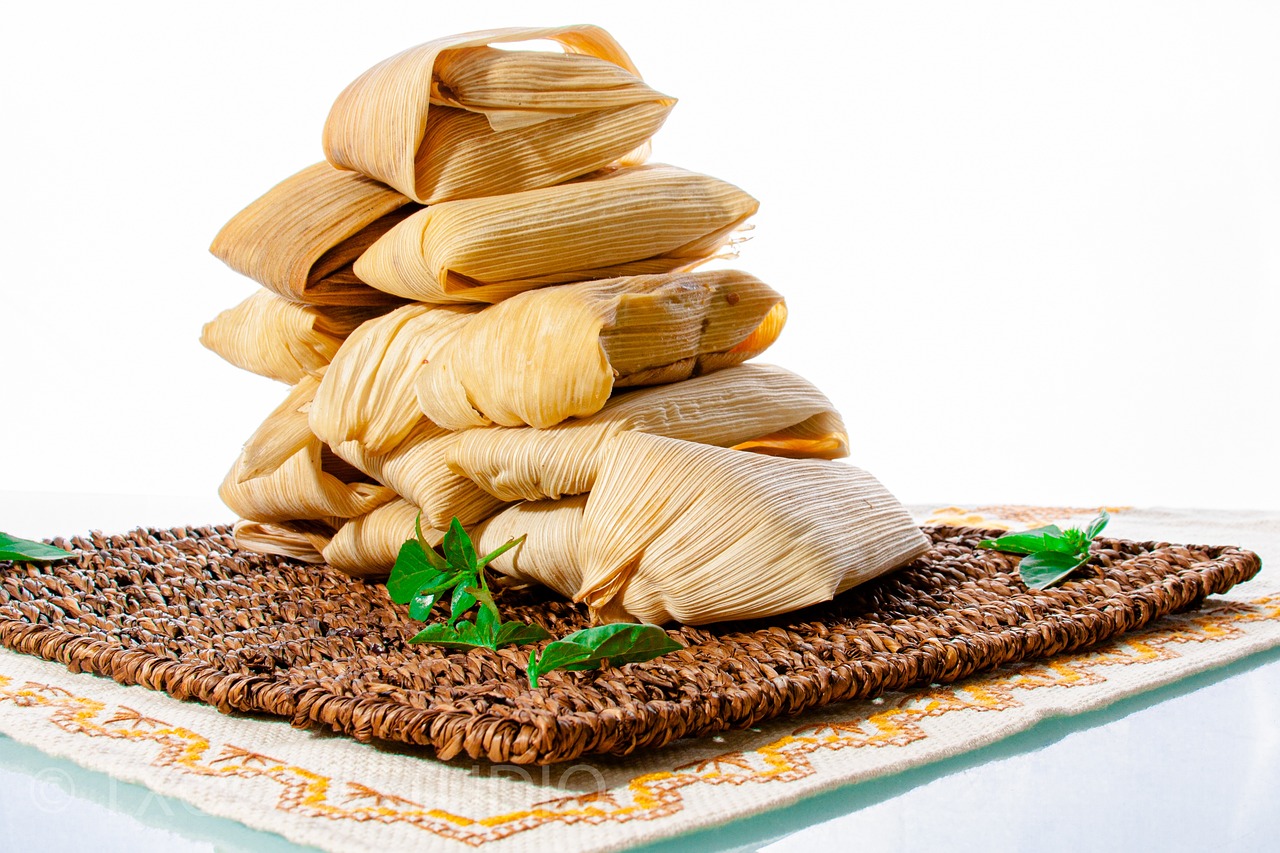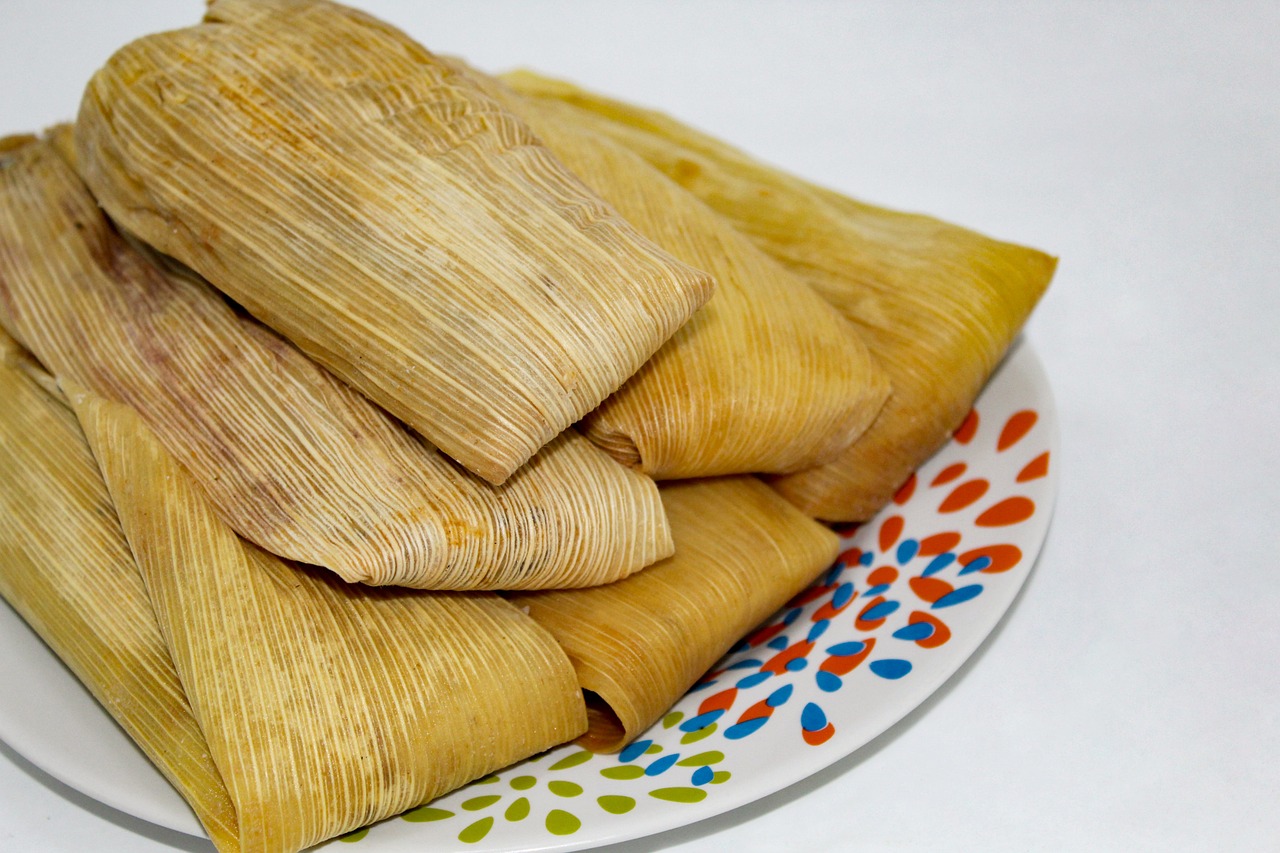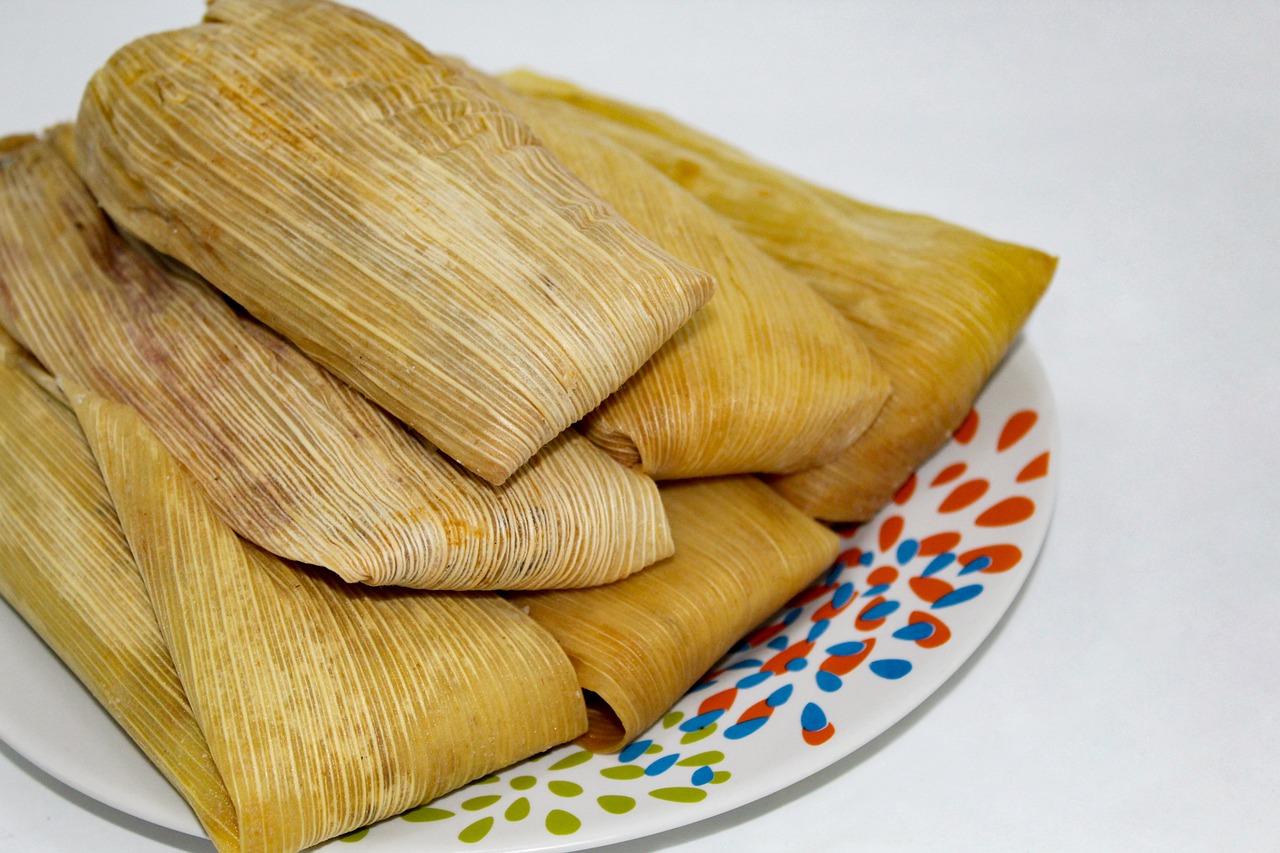Tamales: Traditional Mexican Corn Husk-Wrapped Delicacy

When it comes to traditional Mexican cuisine, few dishes are as iconic and beloved as tamales. These corn husk-wrapped delicacies are a true taste of Mexico, offering a delicious blend of flavors and textures that have been enjoyed for centuries. So, what makes tamales so special and why are they considered a culinary treasure in Mexican culture?
First and foremost, tamales are a labor of love, requiring time, skill, and patience to prepare. The process of making tamales is a culinary art form, with each step carefully executed to ensure the perfect balance of flavors. From the masa dough, made from cornmeal and lard, to the savory fillings and fragrant spices, every element of a tamale is thoughtfully crafted to create a harmonious culinary experience.
One of the most intriguing aspects of tamales is their versatility. While the classic tamale is filled with savory ingredients like pork, chicken, or vegetables, there are endless variations to explore. From sweet tamales filled with fruits and nuts to spicy tamales infused with chilies and herbs, the possibilities are truly endless. Each region of Mexico has its own unique take on tamales, showcasing the diverse culinary landscape of the country.
But tamales are more than just a delicious dish – they are a symbol of tradition, community, and celebration. In Mexican culture, tamales are often enjoyed during special occasions and holidays, bringing families and friends together to share in the joy of good food and good company. Whether it's Christmas, Dia de los Muertos, or a simple gathering with loved ones, tamales are a constant presence, uniting people in a shared appreciation for culinary heritage.
So, the next time you bite into a warm, steaming tamale, take a moment to savor not just the flavors but the history and culture that have shaped this beloved Mexican delicacy. From the ancient civilizations of the Aztecs and Mayans to the bustling streets of modern-day Mexico, tamales have stood the test of time, remaining a timeless symbol of Mexican culinary excellence.
History of Tamales
The history of tamales is a fascinating journey into the past, tracing its roots back to the ancient Mesoamerican civilizations of the Aztecs and Mayans. These indigenous groups were the pioneers of creating this unique culinary delight, which has stood the test of time and continues to be cherished in Mexican culture.
Imagine the Aztec and Mayan civilizations bustling with life, their kitchens filled with the aroma of freshly steamed tamales. These early versions of tamales were simple yet ingenious, made with masa dough and filled with local ingredients like beans, meats, and chilies. The tradition of wrapping these flavorful fillings in corn husks dates back centuries, showcasing the resourcefulness of these ancient peoples.
As time passed, tamales evolved along with the changing landscape of Mexico. Different regions began adding their own unique twists to the traditional recipe, incorporating local flavors and ingredients. This culinary evolution transformed tamales into a versatile dish enjoyed by people from all walks of life.
The enduring popularity of tamales speaks to their cultural significance and deep-rooted connection to Mexican heritage. Despite the passage of centuries, tamales have remained a beloved staple in Mexican cuisine, symbolizing tradition, community, and the art of sharing a meal with loved ones.
Ingredients and Varieties
When it comes to tamales, the variety of ingredients used is truly impressive. From savory to sweet, there is a tamale filling to suit every taste bud. Let's dive into the world of tamales and explore the diverse ingredients and varieties that make this traditional Mexican dish so special.
1. **Savory Fillings:** Tamales are commonly filled with savory ingredients such as tender pieces of pork, juicy chicken, or a flavorful mix of vegetables. The filling is often seasoned with a blend of spices and herbs to create a mouthwatering taste experience.
2. **Sweet Variations:** In addition to savory options, tamales also come in sweet varieties that are perfect for dessert or a delightful treat. Sweet tamales may contain ingredients like fruits such as pineapple or raisins, as well as nuts like almonds or pecans, adding a touch of sweetness to the masa dough.
3. **Regional Flavors:** Different regions of Mexico have their own unique take on tamales, incorporating local ingredients and flavors. For example, in the Oaxaca region, tamales are known for their rich mole sauce fillings, while in Veracruz, seafood tamales are a popular choice.
4. **Unique Ingredients:** What sets tamales apart is the use of special ingredients that give each tamale its distinct flavor profile. From spicy chilies to tangy tomatillos, and even exotic ingredients like huitlacoche (corn fungus), tamales offer a culinary adventure with every bite.
5. **Vegetarian and Vegan Options:** For those following a vegetarian or vegan diet, tamales can also be made with plant-based fillings such as black beans, roasted peppers, or corn kernels, ensuring that everyone can enjoy this traditional dish.
Whether you prefer the classic savory tamales or enjoy exploring the sweet and unique varieties, the world of tamale ingredients and flavors is a vibrant tapestry of culinary creativity. Each tamale tells a story through its filling, reflecting the rich diversity of Mexican cuisine and the artistry of tamale makers across generations.
Preparation Process
When it comes to the preparation process of tamales, it's all about tradition and meticulous attention to detail. To create these flavorful delights, one must embark on a journey that involves several key steps, each crucial in ensuring the perfect tamale experience.
First and foremost, the heart of any tamale lies in the masa dough. This mixture of cornmeal, lard, broth, and seasonings forms the foundation of the dish. The masa must be whipped to the ideal consistency – light, airy, and easy to spread – before moving on to the next stage.
Once the masa is ready, it's time to assemble the fillings. Whether it's succulent pork, tender chicken, or a vegetarian medley of beans and cheese, the choice of filling is a personal one. The key is to ensure that the flavors complement each other and create a harmonious blend that will tantalize the taste buds.
After the fillings are prepared, the assembly process begins. Each corn husk is carefully spread with masa, topped with the desired filling, and expertly rolled to create the iconic tamale shape. This step requires patience and precision, as each tamale must be tightly wrapped to prevent any filling from escaping during the steaming process.
Once all the tamales are assembled, they are ready to be steamed to perfection. This is where the magic truly happens, as the flavors meld together, and the masa reaches its ideal texture. The tamales are placed in a steamer, stacked high, and left to steam for hours, allowing the aromas to permeate and the flavors to intensify.
Finally, after hours of anticipation, the tamales are ready to be enjoyed. Whether served hot out of the steamer or reheated for later consumption, each tamale is a labor of love, a testament to the skill and dedication required to create this beloved Mexican delicacy.
Cultural Significance
Delve into the cultural significance of tamales in Mexican traditions and celebrations. Tamales are more than just a dish; they are a symbol of community, family, and heritage. These humble corn husk-wrapped delicacies hold a special place in the hearts of many Mexicans, carrying with them centuries of tradition and history.
During holidays like Christmas and Dia de los Muertos, the presence of tamales is almost mandatory on the dining table. Families gather around to prepare and enjoy these flavorful treats together, creating a sense of togetherness and shared experience. The act of making tamales is often a communal effort, with multiple generations coming together to pass down recipes and techniques.
The process of making tamales itself is a cultural experience. The rhythmic spreading of masa dough, the careful selection of fillings, and the artful wrapping of the corn husks all reflect the attention to detail and craftsmanship valued in Mexican culture. Each step in the preparation of tamales is steeped in tradition, with techniques handed down through families for generations.
Furthermore, tamales are not just reserved for special occasions but are also enjoyed in everyday gatherings. Whether as a quick snack or a hearty meal, tamales bring people together and serve as a reminder of shared heritage and values. The versatility of tamales, with both savory and sweet varieties, caters to diverse tastes and preferences, making them a beloved staple in Mexican cuisine.
Overall, tamales represent more than just a culinary delight; they embody the essence of Mexican culture and tradition. From the ancient civilizations that first crafted these delicacies to the modern-day celebrations that feature them prominently, tamales continue to hold a special place in the hearts and stomachs of the Mexican people.



 HazalVardal
HazalVardal 





